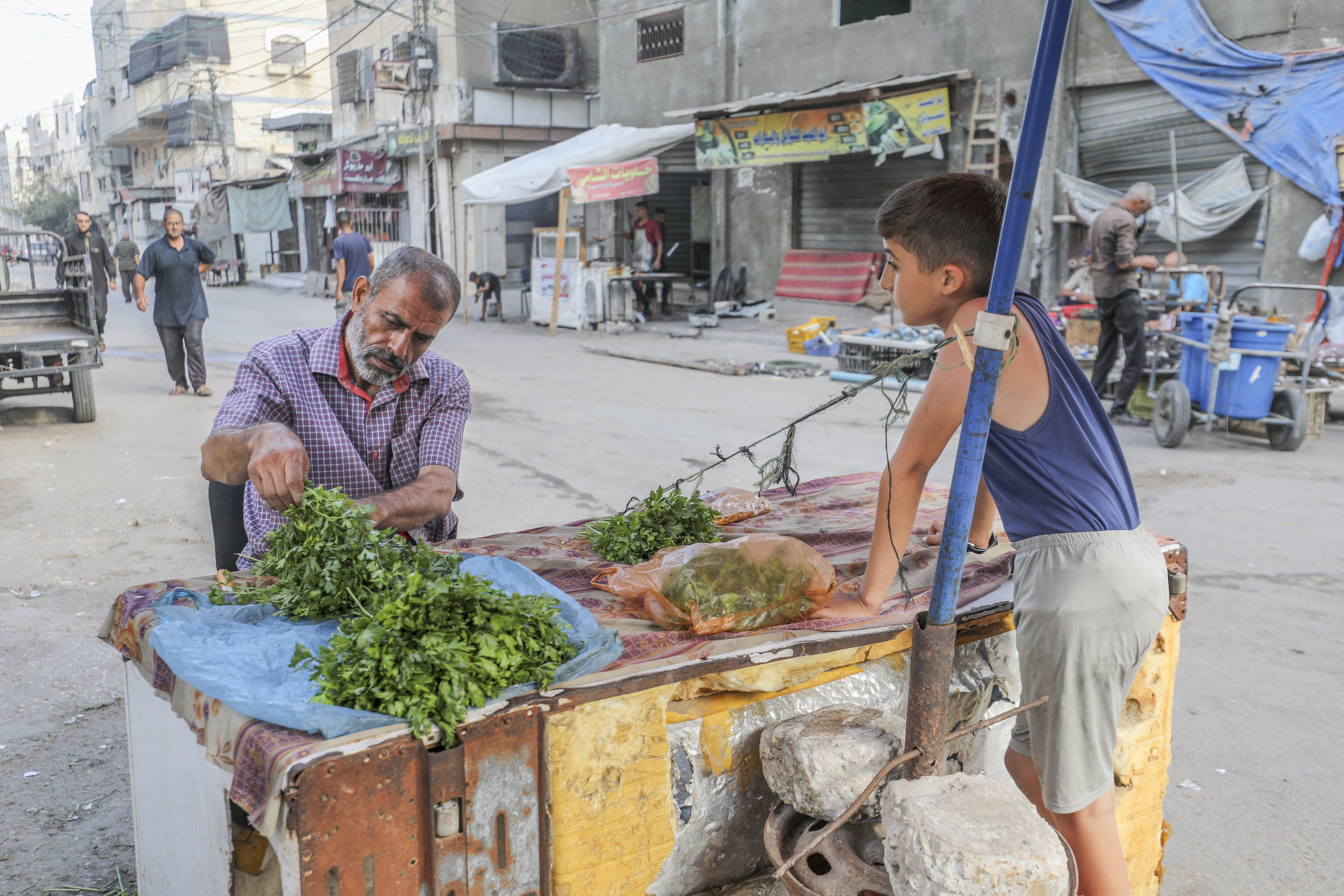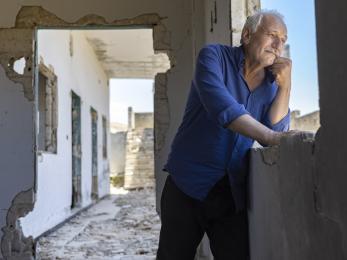Rohingya refugee crisis: The facts
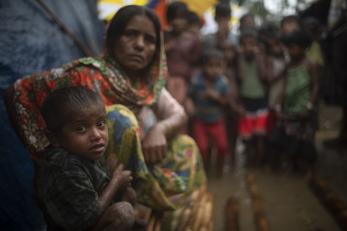
It has been named one of the fastest-growing refugee crises in the world — and yet not everyone is aware of what, exactly, is happening to the Rohingya people.
See what has led to the buildup and staggering growth of the Rohingya refugee crisis in Bangladesh and how Mercy Corps is working with local partners to provide solutions and safe spaces for those in critical need.
What is the Rohingya crisis?
The Rohingya refugee crisis is a human rights and humanitarian disaster that has, in one year alone, rapidly grown in numbers, yet declined in access and resources. More than 1.3 million refugees — targets of violent attacks in Rakhine State in Myanmar — and host community members have been affected.
Many of the Rohingya people fled to Bangladesh and set up camps in the city of Cox's Bazar. Unfortunately, the two largest camp settlements quickly overfilled, and many refugees are attempting to set up camp in the surrounding areas. There are now more than 30 unregistered settlements.
Overcrowded camps are not the only poor conditions the refugees are facing. Nearly a quarter of all Rohingya refugee children living in camps (between 6 months and 5 years old) are malnourished. Lack of clean water, unsafe environments for girls and women and the inability for children and young people to seek emotional support for their experiences are all negatively affecting the displaced Rohingya people.
There is also concern about the monsoon season that goes from June to October, which could wipe out land, contaminate water in and wreak havoc on many — if not all — camps around Cox’s Bazar in Bangladesh.
Who are the Rohingya?
The Rohingya are a Muslim minority of 1.3 million, formerly living in the Rakhine State within Myanmar. They are stateless and often looked down upon by many people in Myanmar. The Rohingya people are not considered citizens, have not been able to take part in census polls and are not included in the 135 official ethnic groups that comprise the foundation of the country.
What is the Rohingyas’ history?

The Rohingya people have been involved in multiple civil disputes for decades, leading to numerous instances of fleeing refugees.
People from Bengal (now Bangladesh) have traded with Myanmar (Rakhine State) for hundreds of years. These traders settled and established themselves in the country. During the British colonial period in the 1800s, many people from India and Bangladesh were brought to Myanmar to work in the British led administration, doubling the Muslim community in 50 years. This decision was resented by the local Myanmar people and forms one of the root causes of the animosity.
World War II exacerbated this animosity. The Muslims supported the British while many Buddhists supported the Japanese. After Myanmar gained independence in 1948, the Muslims fought for equal rights but were defeated, further solidifying the divide in their community.
One of the earliest cases of Rohingya refugees moving into Bangladesh dates back to 1978. Another migration occurred in the early 1990s. In each of these two instances, more than 200,000 Rohingya people fled Myanmar and Rakhine State.
The official status of "refugee" is something the Rohingya people have struggled with for years now. Before 1992, those who moved into Bangladesh focused in the southeastern area of Cox's Bazar, near the Myanmar border. Two official refugee camps had been established to support the influx of people — Kutupalong and Nayapara. However, with the rising number of Rohingya moving into Bangladesh after 1992, they're no longer officially recognised by the country's government. They are instead viewed as unregistered refugees and left to set up their own makeshift camps on the perimeter of the two camps already established.
Where is the Rohingya crisis happening?
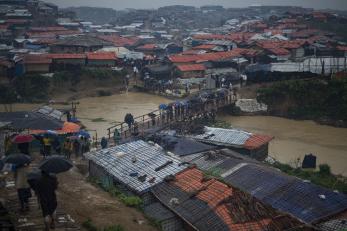
The majority of the current refugee crisis exists in Bangladesh, specifically surrounding the refugee camps in Cox's Bazar. Kutupalong and Nayapara started as the two registered refugee camps. After 1992, when more and more Rohingya families began fleeing into Bangladesh, smaller fields were built surrounding the official hubs, causing even more overcrowding and limited availability of resources. There are now an estimated 919,000 refugees living in Cox’s Bazar.
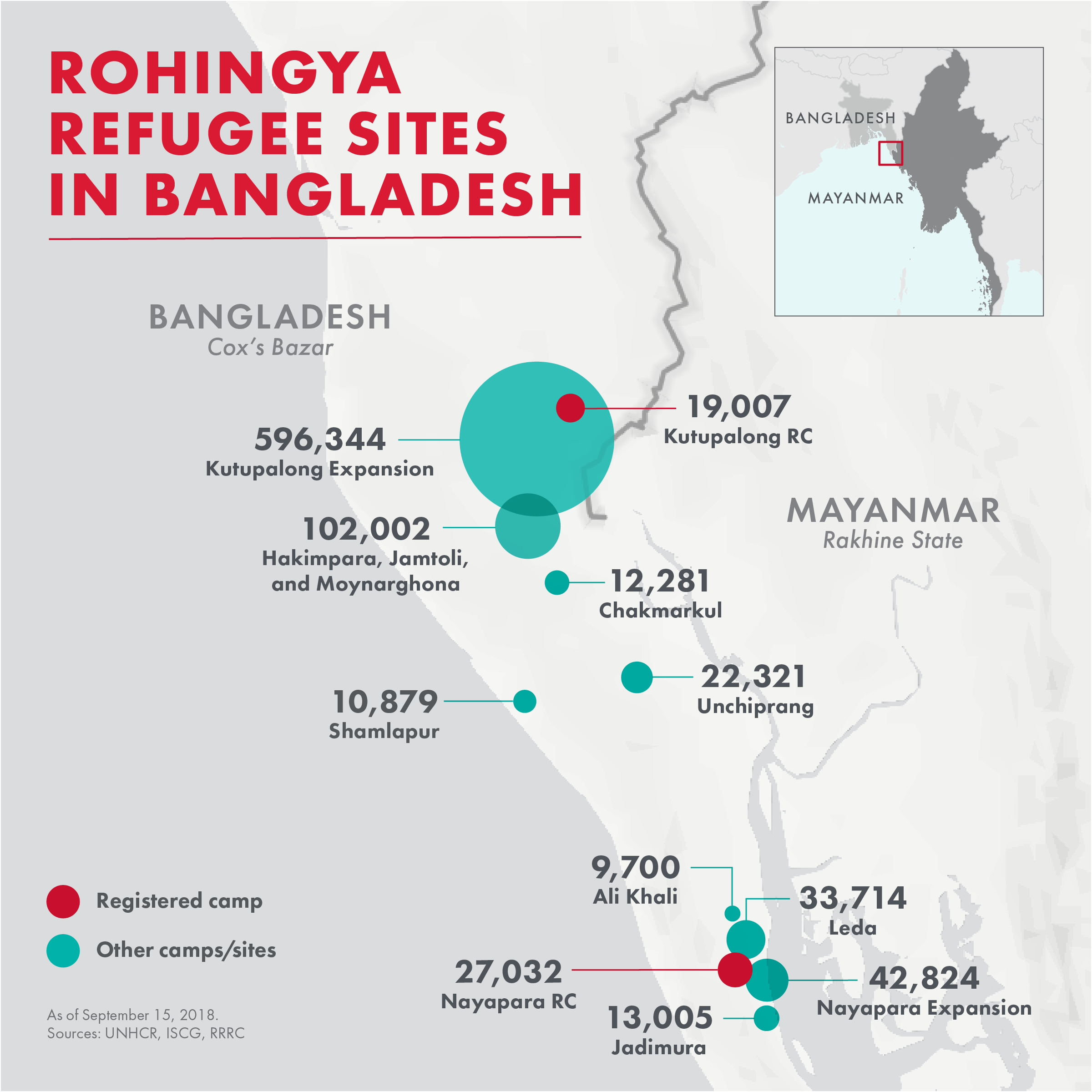
Kutupalong is the largest refugee camp area to date. The Rohingya are flooding into Cox's Bazar in search of shelter, food, safe drinking water and often healthcare. Those who arrive have few, if any, belongings, and are searching for aid and resources that are steadily declining in availability. Even though the population of the Kutupalong registered refugee camp has been declining in recent years, the number of refugees hoping to find shelter in the unofficial and unregistered settlements has jumped significantly.
It's important to note why the refugees are fleeing their homes and residences in Myanmar. Years of violence, discrimination and prejudice have launched some uprisings on the part of the Rohingya.
Many Rohingya villages have been targeted and destroyed by fire in the Rakhine State, forcibly displacing the Rohingya population. The Rohingya refugee crisis began in their homeland, much of which has been demolished and continues to burn and fade away.
What is the Rohingya refugee crisis timeline?

With a number of factors contributing to the increased tensions and spikes of Rohingya seeking refuge, the individual events of the Rohingya refugee crisis can sometimes become blurred. Here is a brief timeline to highlight the key events, attacks and conflicts that elevated the critical and emergency alert status of the Rohingya refugee crisis:
- 1962: Military rule becomes the norm and law throughout Myanmar. As a result, the Muslim population in Rakhine State is overpowered by militants and a Buddhist majority. Refugees begin fleeing to Bangladesh as multiple government campaigns forcibly displace Myanmar Nationals.
- 1982: An official Myanmar announcement declares 135 nationally recognised ethnic groups. The Rohingya are not included, leaving them stateless and without citizenship.
- June and October 2012: Targeted religious violence in Rakhine State noticeably affects large groups of Rohingya. More than 200 people are killed, and another 150,000 rendered homeless.
- 2014: The first official census in decades is conducted — and the Rohingya are forbidden to participate.
- November 2015: Democratic elections are held for the first time since the easing of military rule. The Rohingya are excluded from participating as both candidates and voters.
- October 9, 2016: Armed conflicts in Rakhine State cause 87,000 Rohingya to flee to Bangladesh.
- August 25, 2017: Violence again erupts and a series of attacks, with deaths on both sides, catalyses the current movement of Rohingya people into camps within Cox's Bazar.
- October 23, 2017: More than 600,000 Rohingya people have fled Rakhine State since their communities were destroyed August.
- April 2018: An estimated 781,000 refugees have set up camp in nine settlements within Cox's Bazar.
There are still many Rohingya in Rakhine State, living in internal displacement camps and throughout the region. However, almost 1 million refugees have fled to Bangladesh over the years, with the majority of those arriving since the violent clashes in August 2017. It's easy, when presented with these numbers, to understand the issue of overcrowding and minimal accessible resources for all of the Rohingya now in Cox's Bazar.
What's behind the violence against the Rohingya?
The main reason for clashes and violent attacks occurring between the Myanmar government and the Rohingya people lies solely in their differing religious and ethnic identities. Dating back to the 1800s, the British colonised the area of Myanmar. Under British rule, Rakhine saw an expansion of the Muslim community, doubling in a span of 50 years.
World War II cleaved a massive divide within the population in Rakhine State. While the Muslims favoured the British and allied troops, many of the Buddhists within Rakhine supported the Japanese. After the war, in 1948, Myanmar won independence from British rule. Soon after, the Muslim population began a rebellion in Rakhine State seeking equal rights and autonomy. The government in Myanmar defeated the uprising, cementing the divide and negative prejudice against the Rohingya people.
After these defeats, tensions amplified, forcibly displacing the remaining population of the Rohingya people.
Myanmar is a country in flux and is still grappling with its vision and identity. For some, that vision does not include the Rohingya at all.
Where are Rohingya refugees fleeing?

The Rohingya have fled to a variety of countries. While Bangladesh has undoubtedly seen the highest number of refugees, the Rohingya have spread out across Asia by water, risking death, hunger and disease along the way. In 1978, the first flight of refugees began, leading many to cross waters by boat to southeast Asia and beyond. The Rohingya reside in the following countries:
- Bangladesh
- Thailand
- Philippines
- Malaysia
- Indonesia
- The Gambia
- India
- The United States
What can be done to help the Rohingya?
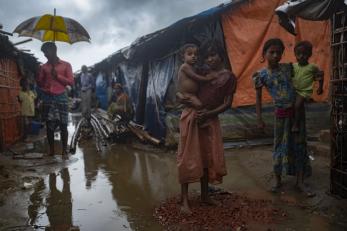
At Mercy Corps, we are working with local partners in Bangladesh to secure clean water, food, shelter and increased supplies to improve the lives of the thousands of refugees crowding the camps and settlements in Cox's Bazar. The area’s combined population of Bangladeshis and Rohingya is now more than 2 million — and it continues to grow.
We've also installed solar lights within the many camps in Cox's Bazar. Many young girls and women have reported feeling unsafe walking around at night. With lights that charge by day and stay lit at night, young girls and women will feel a little more secure walking through a place that's not their home but is their place of refuge.
We're currently expanding our work with other NGO partners to create resources for the children and young people in the camps. Ripped from their homes amidst rampant violence and threats, they have no resources to process and work through the horrors they've witnessed and survived. With support and emotional assistance, we hope to deliver some stability and create safe spaces.
The current monsoon season is sure to threaten the coast of Bangladesh, endangering the lives of many Rohingya refugees. Through local partners, we're providing humanitarian assistance to make life more comfortable in the camps and also the hosting community.
In Myanmar, we believe in helping all people of Rakhine, regardless of ethnic or religious background. However, the Government of Myanmar and the international community must find a way to address the root causes of exclusion of the Rohingya people. Without political dialogue, this crisis will not go away any time soon.
